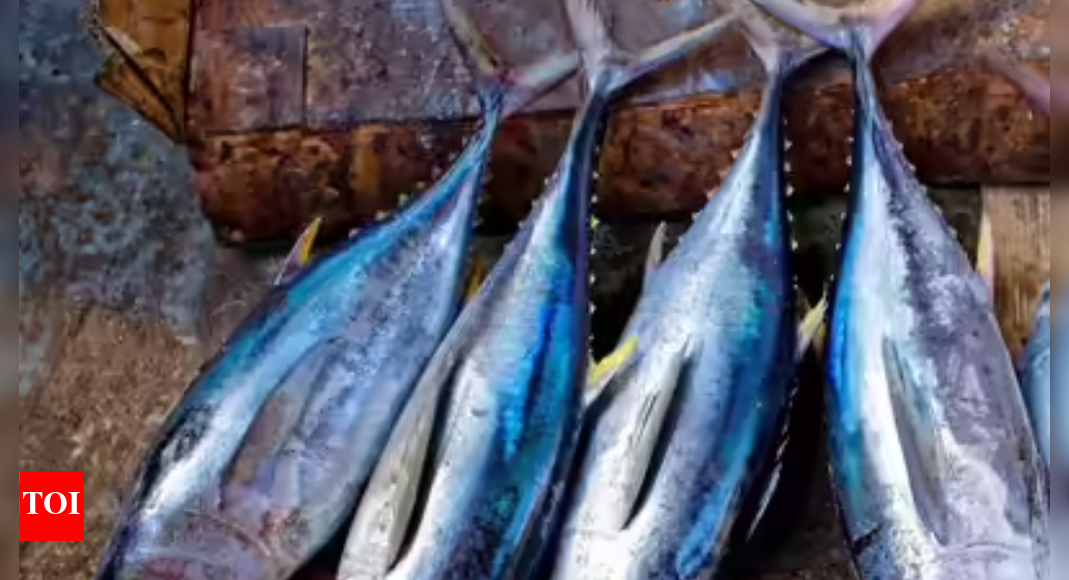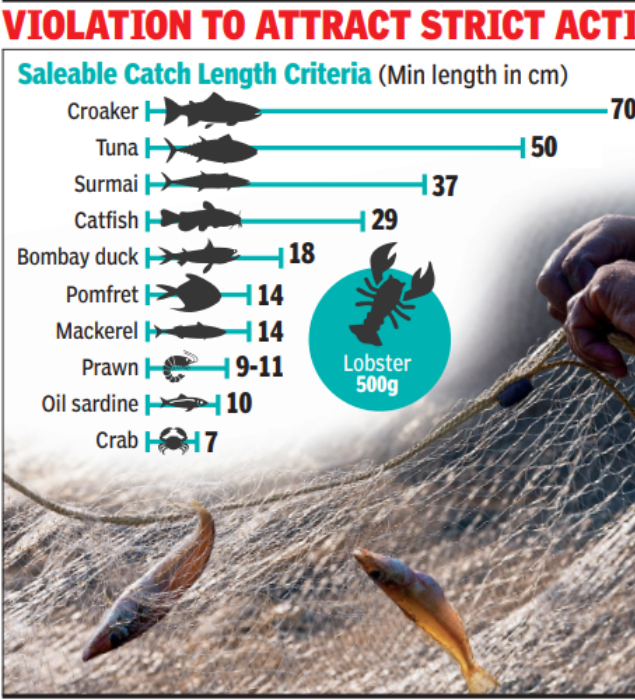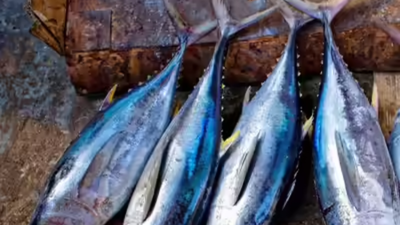
MUMBAI: In a move to arrest netting of juvenile fish that has been adversely affecting their reproduction and eventually depleting the state’s annual catch, Maharashtra government, with the help of Central Marine Fisheries Research Institute, has officially decided on length as a criterion for fish to be caught or netted for selling in market yards. Catching a fish that is not fully grown and does not attain a minimum legal size (MLS) as decided by the state will now attract action from the fisheries department. For example, the state’s official fish, silver pomfret, and bangda (Indian mackerel) must be 14cm long. Similarly, a prawn should be 9cm long. The length of Bombay duck should be 18cm whereas for surmai, MLS is 37cm. Maharashtra is the second state after Kerala to introduce the fish length criteria.

Sources said a stricter ban on juvenile fishing during the recent monsoon led to a sudden rise in the overall catch during the post-monsoon season, prompting the administration to take the decision. “This is because it gave fish enough time to grow and reproduce, eventually making them flourish. Even stocks have improved,” said a senior fisheries official. Sources said in the premonsoon period this year, the state received 995 tonnes of pomfret stock. However, after five months of total control on fishing, the post-monsoon stock has gone up by over four times, with average length much more than what has been decided. “So, the earlier Rs 11 crore business between March and May now stands at over Rs 350 crore and counting,” a source added. Recently, state minister of fisheries and ports Nitesh Rane chaired a review meeting on MLS of fish and the ongoing conservation measures to curb juvenile fishing of Indian silver pomfret (Pampus candidus). Rane emphasised on the need for a large-scale awareness and compliance campaign to ensure the effective implementation of MLS norms, which, he said, were also vital for the sustainability of the species and the livelihood of the fishing community. A poster on sizes of various fish types was released with an aim to create awareness among fishers, traders, and coastal communities about conserving juvenile fish and adhering to MLS guidelines for long-term fisheries sustainability, said an official.






